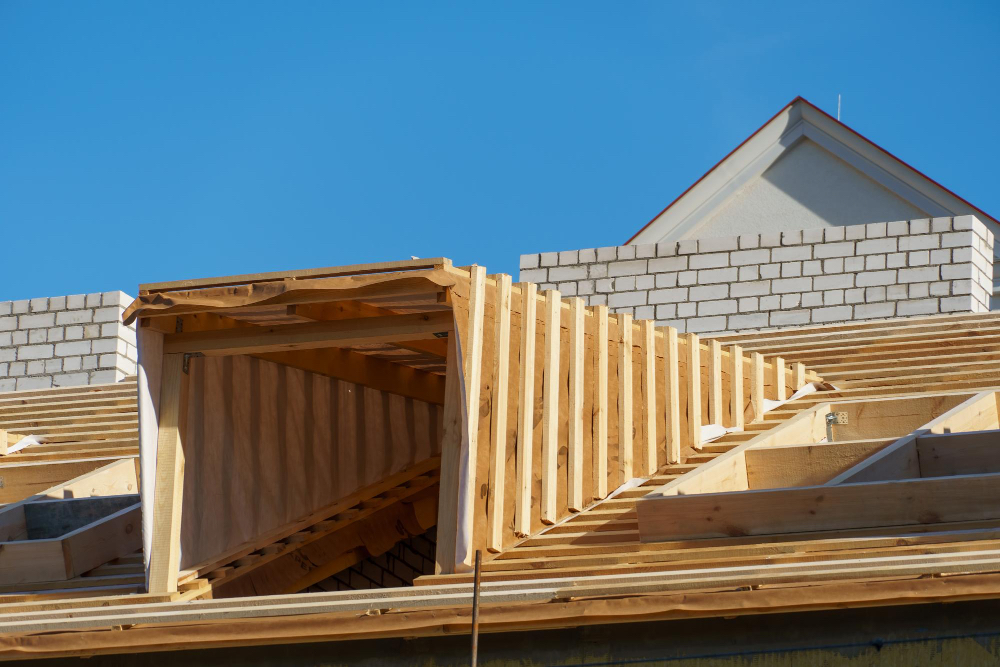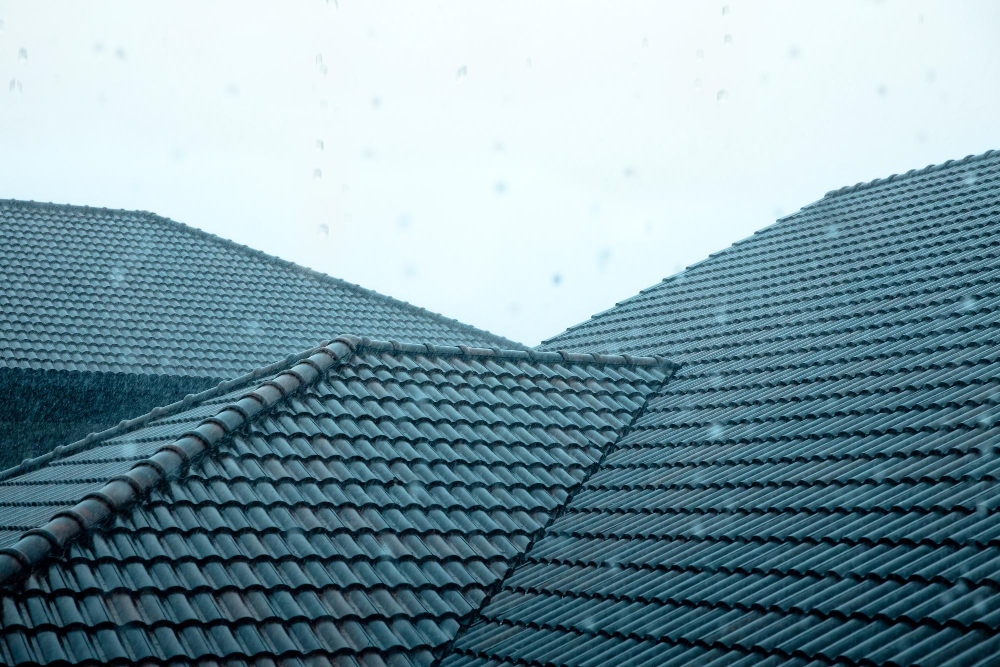Last updated on
With climate change being a pressing issue, more and more people are seeking ways to reduce their carbon footprint and make eco-conscious choices. This is especially true for homeowners who are looking to replace their roofs.
Replacing a roof can be a big project, but with the right approach, it can also be an opportunity to make your home more environmentally friendly. In this guide, we will explore different options for eco-conscious roofing and provide tips on how to ensure a sustainable roof replacement.
Finding the Right Contractor for Sustainable Installation

A sustainable installation involves more than just green materials; it requires a contractor who understands the science behind the installation. If you’re looking for a roofing company in Edmonton, for instance, to handle a sustainable installation, then you want a contractor who has experience with eco-friendly roofing systems and has a track record of delivering successful sustainable installations.
Check for certifications as well, such as with the Eco-friendly Roofing Association of North America. Don’t be afraid to ask for references and examples of past sustainable installations for added peace of mind.
Choosing Sustainable Roofing Materials
One of the most crucial aspects of an eco-conscious roof replacement is selecting sustainable roofing materials. Traditional asphalt shingles are not environmentally friendly as they contribute to landfills and require a lot of energy to produce. Here are some sustainable alternatives to consider:
- Metal: Durable, long-lasting, and recyclable, metal roofs can last up to 50 years and are a popular choice for eco-conscious homeowners.
- Wood: Wood shingles or shakes made from sustainably harvested cedar or redwood can add natural beauty to your home while being biodegradable and renewable.
- Clay or concrete tiles: These materials are long-lasting, energy-efficient, and recyclable. They also have the added benefit of being fire-resistant.
- Recycled shingles: Made from post-consumer waste such as plastic, rubber, and wood fibers, these shingles offer a sustainable option for those looking to reduce their carbon footprint.
Whatever materials you choose, make sure to research their sustainability and energy efficiency. Look for certifications like the Cradle to Cradle Certified™ label or Energy Star rating.
Durability Matters: Longevity and Environmental Impact

In terms of sustainable roofing, durability and longevity are key. The longer a roof lasts, the less waste will end up in landfills over time. Therefore, choosing materials that have proven durability and require minimal maintenance can greatly reduce the environmental impact of your roof replacement.
Rather than settling for the cheapest option, consider investing in higher-quality materials that will last longer and reduce the need for frequent repairs or replacements. This can save you money in the long run while also benefiting the environment.
Proper Insulation: A Key to Energy Conservation
A well-insulated roof keeps your home warmer in the winter and cooler in the summer, reducing the need for heating and cooling. This will be sure to cut down on energy consumption and lower greenhouse gas emissions and utility bills. When replacing your roof, it is essential to opt for high-quality insulation materials that complement the sustainability of your new roof.
Green options include cellulose, made from recycled paper, or higher R-value products that provide better thermal resistance. Always discuss insulation strategies with your contractor to ensure maximum energy conservation and enhanced comfort in your home.
Rebates and Incentives for Green Roofing Choices
Thanks to the increasing popularity of green roofs, builders and homeowners are rewarded with rebates and incentives for their decision to go green. These programs act as a motivation for people to opt for green roofs which help the environment and save money in the long run.
Rebates and incentives decrease the initial costs of green roofing and cover installation expenses, leading to a significant reduction in the overall cost of installation. The government also offers tax credits for eco-friendly choices like solar panels or cool roof systems. Be sure to research and take advantage of any potential rebates or incentives available in your area.
Regular Maintenance for Long-term Sustainability
Once your eco-conscious roof is installed, regular maintenance is essential to ensure its long-term sustainability. Periodic inspections can identify and resolve small issues before they become significant problems, thereby extending the life of your roof. Maintenance tasks can include cleaning gutters, removing debris, and checking for damage after severe weather conditions.
Environmentally friendly roof maintenance also involves using products that are safe for both the roof and the surrounding ecosystem. A well-maintained roof upholds the principles of sustainability by minimizing the need for repairs and the use of resources. Always consult with a professional who values eco-friendly practices to maintain your roof’s integrity and environmental benefits.
The future of roofing is bright, with innovation on the horizon that will dramatically change the way we think about our roofs. Advances in technology and materials mean that roofs will be more durable, energy efficient, and even eco-friendly. Rooftops will be transformed into functional spaces that can be used for recreation, agriculture, and solar energy generation.
Architects and engineers are now reconsidering the design of roofs to incorporate these new features and make them more aesthetically pleasing. Homeowners and businesses alike will benefit from these improvements, with lower energy costs, improved safety and protection, and increased property values.
Table of Contents




